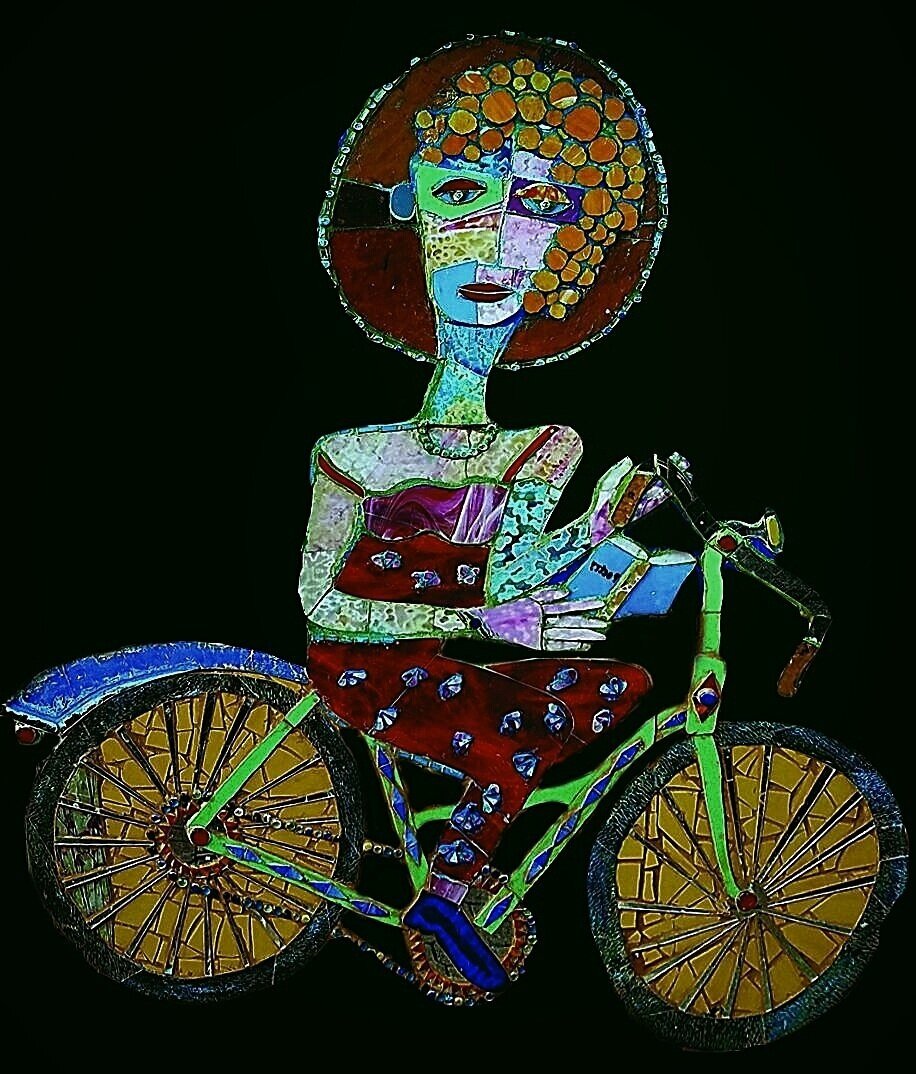Carlton: From freed slaves to business heyday to Bro Bowl, history in amazing at Harvey Park
Maybe the best thing a city can do for the people living in it is provide some really good public parks.
Around here, we have neighborhood pocket parks and sprawling urban ones that roll along waterfronts, parks that teem with festivals and Sunday yoga enthusiasts. At one recently repurposed Tampa riverfront park, people sip wine at a restaurant on its edge as neighborhood kids romp through a splash park and canines check each other's ID in the adjacent dog area.
So I am a sucker for a good park, which is like saying you prefer Saturday mornings to Mondays, because who doesn't?
But the other day, a park blew me away.
It was a sneak peek of the soon-to-reopen $6.95 million remake of Perry Harvey Sr. Park in a quiet corner of downtown Tampa by the interstate — part history museum, part artwalk, part barbecue-grill-and-basketball-court community park. The place is remarkable not just for what's new or what's there to do, but also for what's there for the remembering.
I can't think of another local park with a history this rich. Here was the Scrub where freed slaves settled, and later part of the thriving Central Avenue black business district that led Ray Charles, B.B. King and Ella Fitzgerald to town. This place was witness to civil rights, to racial unrest, to urban "renewal."
The park evolved with the town. A curving skateboard bowl built in the 1970s — immediately, colorfully and perpetually graffitied — drew kids from both nearby public housing and the suburbs. The Bro Bowl, they got to calling it.
Public officials and community leaders took up the cause of reviving this park that's named for a local civil rights leader and longtime head of the longshoremen's union. Since we don't do anything easy around here, a well-meant plan to honor 150 years hit an interesting wrinkle: Bro Bowl enthusiasts made their own claim on history and pushed back against moving or destroying it in the name of transforming this park.
After complication, compromise and capitulation, the park reopens next month.
By now you're thinking: So what's the big deal about what's in there?
This is not a story told in dull brass plaques and statue heads. A ribbon of concrete leads through a History Walk of eight glass murals of blown-up historic photos and images that change and move when you do, revealing even more. There's something almost ghostly about it: Children and grandmothers, a newspaper page recounting black people voting, an attorney, a soldier, a street scene, a lunch counter closed. Religion and culture and business are all in there, in the faces and buildings. Music, too.
At the park's south end, funky 16-foot sculptured musicians play in a club. The waters of the park's interactive fountains that kids will splash through by day will dance to the music of the era Friday and Saturday nights.
Along a Leaders Row, walls and bricks tell stories of what was once here — La Paris Beauty Shop, the Cozy Corner. There's a scene of black children watching through a fence as white kids play basketball.
And about that compromise: On the north end of the sprawling 91/2 acres is the new skateboard park, way bigger than the old Bro Bowl, curved and cleanly painted and awaiting what will surely be throngs of skaters.
A solid section of the original Bro Bowl — still bearing spray-painted "Save the Bowl" among other sentiments and faded colors — is ensconced in the middle of all that slick new concrete as a place for sweaty skaters to rest before rolling on.
Plans were to paint over that old graffitied piece, too. But in the end, officials decided to leave it as it was — more history of a city still evolving.

